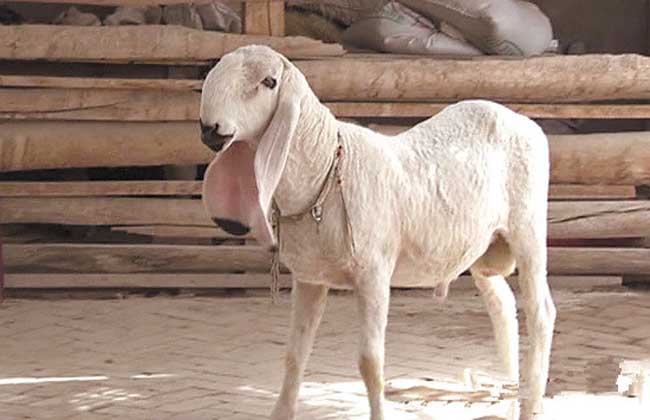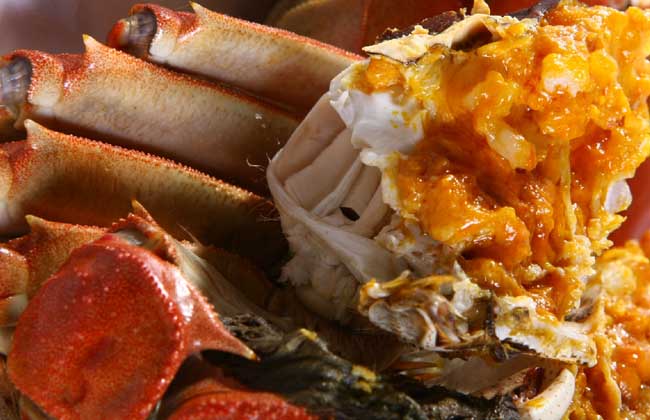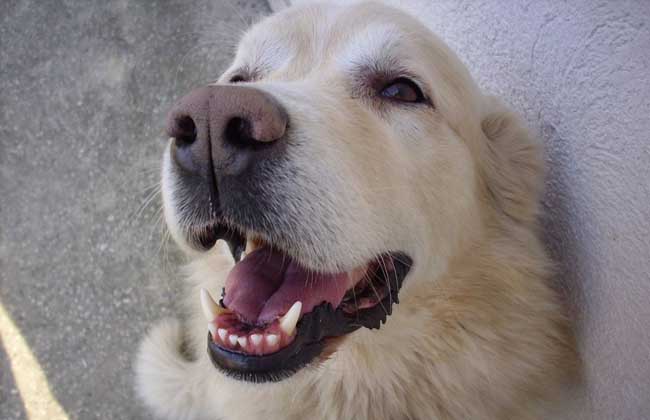How much is a Dao Lang sheep?

Dao Lang Sheep is a meat and fat sheep breed between Maigaiti native sheep and Afghanistan's Valgil Fat Sheep, also known as Duolang Sheep, McGeti Sheep and so on. It has the characteristics of tall size, rapid growth and development, early maturity, high meat production and reproduction rate, strong adaptability, genetic stability, high feed reward and so on. Let's take a look at how much a Dao Lang sheep costs!
How much is a Dao Lang sheep?
The supply of Dao Lang sheep is very tight and the price is expensive. Because of their strange and funny appearance and extremely rare breeds, Daolang sheep have become a new star in China's pet industry, costing hundreds of thousands of yuan each, and millions or tens of millions of them have been reported online. At present, each of the purebred and beautiful Dao Lang sheep has been fried to 14 million yuan, and the cheapest one costs more than 200,000 yuan. This breed is not something that ordinary farmers can raise.
The appearance characteristics of Dao Lang Sheep
Dao Lang sheep has a symmetrical structure, a long and deep body, round ribs, a deep and wide chest, a plump front and rear body, a medium-sized head, a raised nose and long and wide ears. Most rams have no horns, ewes generally have no horns, and their tails are W-shaped and U-shaped. The body coat is grayish white or light brown (the head and limbs are dark, light brown or brown), fluffy, and of good quality. Most of the wool is semi-coarse wool, while a small number of sheep have fine wool, good evenness and no dry dead wool. However, some wool contains brown or black colored hairs, and some bundles form small circular braids.
Production performance of Dao Lang Sheep
1. Meat production performance: Daolang sheep are raised under the condition of house feeding all the year round, and the meat production performance is good, not only the slaughter rate is high, but also the bone-meat ratio is also high, especially in that year, the lambs grow fast, mature precociously, gain weight quickly after weaning, and the slaughter rate of sheep within the age of one year can be as high as 53.56%, and the meat quality is delicious. The average live weight, carcass weight, dressing percentage, net meat weight and bone-meat ratio of male lambs were 46.21 kg, 24.91 kg, 53.94%, 13.30 kg and 1RU 4.72, respectively, while those of female lambs in that year were 37.63 kg, 19.9 kg, 52.89%, 13.33 kg and 3.31 respectively, and those of adult rams were 99.76 kg, 59.75 kg, 59.89%, 40.56 kg and 5.55 respectively. The adult ewes are 64.45kg, 35.5kg, 55.20%, 25.78kg and 1purl 4.47 respectively.
2. Wool production performance: the wool of Daolang sheep is gray-white, brown and a small amount of white. Most of them are semi-coarse wool. In the semi-coarse wool type, the content of dry dead wool is less and the content of two types of wool is more. The shearing amount of wool is 1.48kg ±0.06kg for one-year-old ram, 1.26kg ±0.05kg for ewe, 2.6kg ±0.05kg for adult ram and 1.56kg ±0.05kg for ewe. The content of cashmere, two types of wool, coarse wool and dry dead wool in adult brown wool accounted for 61%, 37.5%, 1% and 0.5%, respectively. The content of cashmere in gray-white wool of adult sheep accounted for 70.2%, two types of wool accounted for 28.8%, coarse wool accounted for 0.9%, and dry dead wool accounted for 0.1%. Among the one-year-old light brown wool, villi accounted for 63.4%, two types of wool accounted for 35%, coarse wool accounted for 1.4%, and dried hair accounted for 0.2%.
3. Reproductive performance: Daolang sheep have higher reproductive ability, which is earlier than ordinary sheep. Male lambs are sexually mature at the age of 6 ~ 7 months, female lambs are first mated at the age of 6 ~ 8 months, and most one-year-old ewes have given birth to lambs. Ewes generally come into estrus from March to May in spring and from August to October in autumn, but they are in estrus all the year round under the condition of superior feeding. Most ewes can give birth in two years, can give birth twice a year when the feeding and management conditions are good, and the double lamb rate is high, up to 30%, and one ewe can give birth to 15 lambs in a lifetime, up to 32 lambs. The survival rate of reproduction is about 150%.
Related
- A course of planting techniques and methods on how to grow carrots
- How to plant the latest tulips?
- Is it better to pick tea in the morning or in the afternoon? When is the best time for tea to be picked? what is the third or fifth tea?
- Launch Yuanxiao Happy combination Haocha + Tea Yuan healthy Taste
- Penghu Tourism "Fireworks 20 Parade with You"
- 2022 West Lake Happiness holds "Digital Revitalization Voucher" and draws iphone13 and laptop.
- Banqiao Fuzhou social houses are designed to change start-up combined with police elimination to create a safe and livable environment
- The convenient measure of "mechanical weeding" in Xinbei has been abused and the Agriculture Bureau has imposed heavy penalties on the illegal land consolidation.
- Changgeng University Joins Hands with Four Memory Factories to Rescue Memory Talent Shortage
- The list of Taiwan's top 100 MVP managers is listed by the Director-General of the Farmers' Association of Sanxia District.



